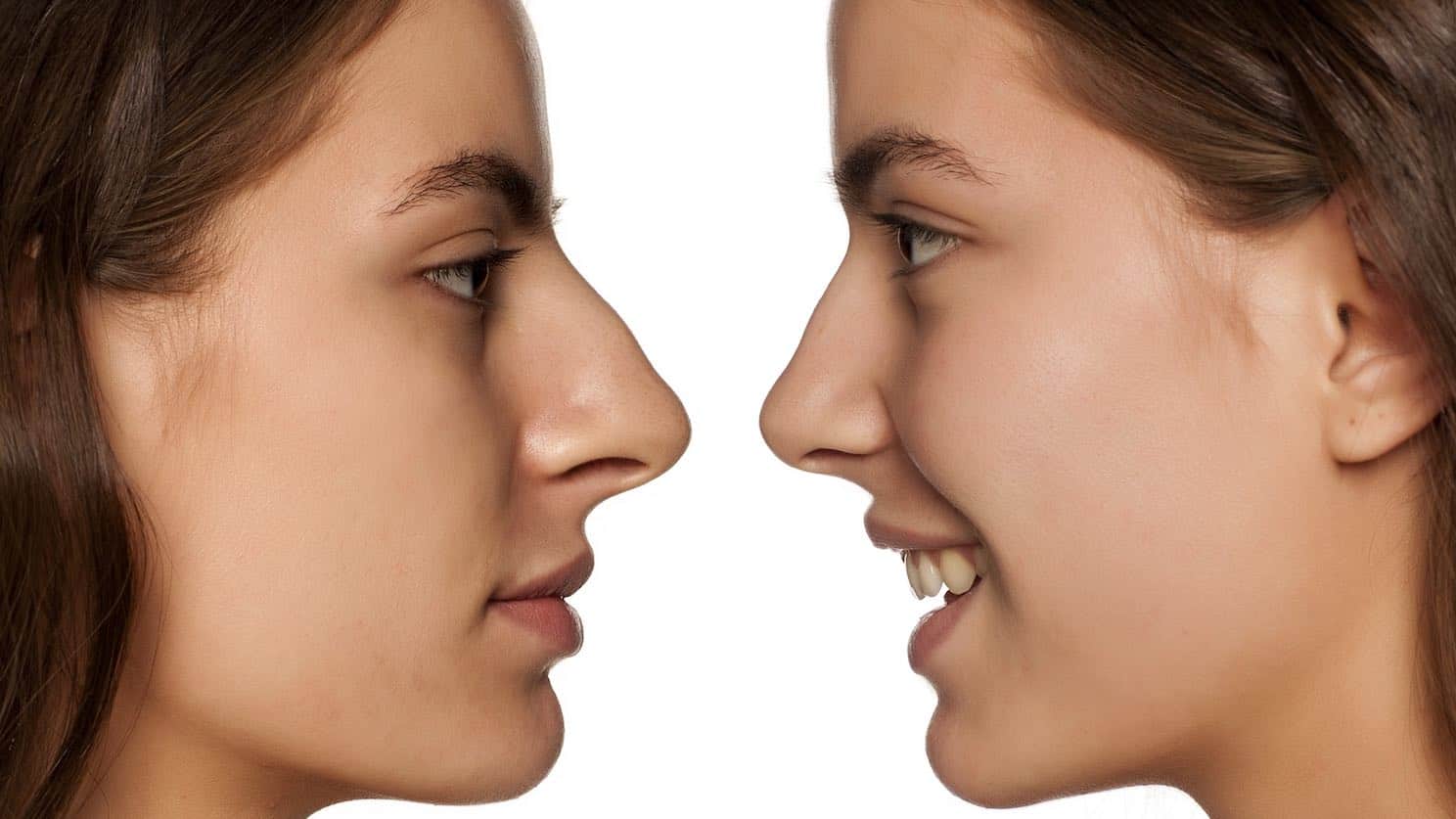Costhetics is proud to be Australia’s leading resource for new and information from the world of plastic surgery and cosmetic enhancement.
We’re even more proud when we can be cheerleaders for new innovations developed by an Australian company. (We admit it. We’re shamelessly proud of our country. Aussie, Aussie Aussie. Oi, Oi, Oi!)
The people in the headlines today are the good folks at Precise Medical and Dr Andrew Le. Dr Le’s innovation is Le Med Invisible Nasal Splint. The splint is a superior way to stabilise the nose after surgical and injectable rhinoplasty. It is also appropriate for nasal fracture or any trauma and also to reshape and enhance the nose.
This is definitely a hot topic, so let’s nose into it together.
Why Do I Need a Splint after Rhinoplasty?
A rhinoplasty, either surgical or non-surgical, is designed to change the appearance of your nose for the better. To achieve the right aesthetic result doctors
- Make incisions
- Reshape nasal cartilage
- Separate soft tissues from underlying tissues
- Move bones
That’s a lot of change! When surgery is complete, a splint will help to
- Hold cartilage and bone in their new position during healing
- Minimise swelling
- Protect your nose from trauma
- Serve as a visual reminder to you and others to “Be Careful!”
- Reduce the risk of complications including implant displacement, filler migration, malposition and open roof deformity
Depending on the extent of your rhinoplasty, your splint will be removed in one to three weeks.
When Timing Is Everything
The need for speed is increasing in the world of aesthetic enhancement. Many patients are eager for lunchtime procedures that improve their looks in a minimal amount of time. This has led to the popularity of the liquid or injectable nose job. They are performed quickly with zero downtime and an abbreviated period of bruising. A big plus offered by the Le Med Invisible Nasal Splint benefits patients and practitioners is the speed at which it can be safely applied after surgery…with an emphasis on safety. (Costhetics reminds readers that you should never risk health and safety just to save time.)
“It takes under a minute to measure the splint for use and about 20 seconds to apply it,” reports Dr George Marcells, a leading facial plastic surgeon from Edgecliff. Known as the “master of rhinoplasty” by this friends and peers, Dr Marcells says. “I think the more patients know about this excellent new option, the more they will ask for it by name.”
High Praise for Invisible Nasal Splint
Enthusiasm for this new device is growing among surgeons like Dr Marcells. It has proven itself to be a superior choice to traditional splints in many ways. Unlike thermal plastic and aluminium splints, with Dr Le’s nasal splint:
- Custom manufacturing is not required
- A new splint is not necessary after swelling goes down
- The clear splint allows surgeons to do a faster, more accurate assessment of the procedure as the view of the nose is not obscured
Additionally, the splint constantly applies 3-5 milligrams of mercury to the patient’s nose. “This helps speed up the healing process,” says Invisible Nasal Splint advocate Dr Marcells. “It also leads to less bruising, less swelling, and a reduction in post-operative discomfort.” It does all this without compromising skin circulation.
Why Patients Want to Go Invisible After Rhinoplasty
Patients give thumbs up to the Le Med Invisible Nasal Splint for not being as “in your face” as other splints. “My patients tell me they are less self-conscious wearing it,” says Dr Marcells. Other comfort-oriented benefits include
- A range of sizes
- An inner adhesive surface that holds the splint in place effortlessly and comfortably
- Rounded edges that prevent marks appearing on the patient’s skin
- An ergonomic design that is more comfortable than existing devices
“My patients also admit that they enjoy watching the healing process,” says Dr Marcells. “That simply isn’t possible with splints that keep the nose under wraps.”
Ask, Don’t Tell Your Doctor
Facial plastic surgeons acknowledge that people often hesitant to make suggestions regarding their care and treatment. “Don’t be afraid to advocate for yourself,” Dr Marcells encourages patients. “If you’ve heard of an exciting new development, tell your doctor. S/he may not have heard of the innovation and will be grateful to you for bringing it to their attention.”
By the same token, Dr Marcells reminds patients to heed the advice of their surgeon. “If your doctor recommends against a procedure, it’s likely to be for a sound medical reason,” says Marcells. “This approach will help you steer clear of bogus devices, procedures and unscrupulous practitioners that offer them.”
Costhetics thinks that’s good advice. Don’t you agree?
